Abandoned and flooded mining sites can harbor microorganisms capable of decontaminating these hostile environments. To find them, Quebec scientists are teaming up with divers who specialize in exploring underwater caves.
Thanks to its long history of exploring and exploiting natural resources, Canada is now home to many abandoned mines. Thousands of abandoned sites where mineral extraction may have polluted the surrounding area.
In Quebec alone, the Ministry of Natural Resources estimated in March 2022 the related work costs Environmental responsibility
Of these former mining sites more than $700 million.
Therefore, searching for solutions to clean these lands is of great importance. This idea drives biology doctoral student at the University of Quebec in Montreal (UQAM) Elise Lust and her colleagues from UQAM and the University of Ottawa. They are interested in the microorganisms that live in these hostile environments, hoping to find species capable of contributing to their rehabilitation.
Old mines are considered industrial environments, as they were used by humans, which we do not know at all. So, we want to know what organisms are in these environments, why they are there, and how they survive. Therefore, we need to recognize them and understand their function in this ecosystem.
“, explains the researcher.
These inhospitable environments can encourage the growth of organisms that are particularly adapted to the presence of certain pollutants.
” The discovery of tiny bacteria capable of decomposing metals or certain hydrocarbons and perhaps being able to culture them for later use is the goal. »
Exploring these unknown ecosystems is no easy task. In many abandoned mines, pits, shafts and shafts have filled with water since they were closed.
Previously, they removed the water while doing the extraction. Then, later, nature took over and the water rose to the surface once the mine was abandoned.
“, describes Elise Lust, sitting on a bridge overlooking one of these old mines.
The place, located in the Outaouais, resembles a small lake surrounded by steep cliffs.
But the path leading to the water’s edge is littered with tiny, sparkling shards. These are sheets of mica, a mineral that was quarried at the site from the end of the 19th century until the 1940s.
At the peak of activity, there were about 120 miners here. There were also mica factories, at that time, in Hull and Ottawa, where women worked on what we call in English “splitting” the mica with knives. I hired a lot of people, and that was important
says Alain Delisle, who is involved in the researchers’ work.
Mr. DeLisle is not a scientist, but an amateur diver. He is a former soldier, and devotes himself to diving in his spare time.
He and fellow enthusiasts like him specialize in exploring underwater caves, in Florida or Mexico, for example, but also abandoned mines.
There are a lot of tunnels. For us, it’s really fun to discover and explore new clips
Mr. DeLisle gets excited, even if he realizes it It’s not for everyone
.
Indeed, this type of diving is complex and risky.
At the bottom of the mine, more than 50 meters deep, it is pitch black, and even with lights, divers’ vision is often very limited. They must follow laid ropes throughout their explorations to avoid getting lost. The temperature is also not very good: it is around 6°C, even in summer.
” There are always risks when entering mines: gravel, getting lost in the mine, and there is also a lot of sediment. You really need good techniques to swim without lifting. You have to look at yourself and decide if the risk is acceptable to you. »
Five divers were present on the June morning as a team of Discovery accompanies them.
On a map of the mine that they update during the exploration – no historical documents can be found – the team is joined by three researchers from UQAM, including Elise Lust, who provide them with the necessary equipment for their work.
They have sterile bottles and syringes, with which they can take biofilms (clumps of cells, editor’s note) directly onto the rock or just water, which they will then bring to the surface.
“, explains the researcher.
Samples collected at different depths in the mine will be used to analyze the microorganisms present and the types of environments in which they develop.
We expect that near the surface we will find different microorganisms than in the tunnels, since with the surface, we have a supply of light, oxygen and nutrients that will be more important than in the tunnels.
“, notes Ms. Lusty.
Once the divers return, scientists begin filtration work. A portion of the water is analyzed to evaluate its oxygen and nutrient content, or the presence of hydrocarbons or heavy metals.
The rest is quickly returned to the laboratory to extract the microorganisms before they decompose.
There, under the hood, Elise Lust filters the water and freezes the tiny white paper filters that contain the bacteria and other microscopic organisms that interest her. She will then patiently extract DNA from these underwater communities, hoping to find a way to analyze some of the contaminants.
Through bioinformatics treatments, we are able to reconstruct the metabolic pathways present in society. We can see which genes are present, if they are expressed, and specifically, if there are genes involved in detoxification phenomena, things like that.
“, points out the researcher.
” If we see that there are microorganisms capable of using, for example, minerals in the mine and breaking them down, they can later be used to disinfect certain environments. »
Similar works were carried out in 2019 (A new window) In an abandoned iron mine in Gatineau Park, researchers and their diving colleagues have already found abundant life at depths of more than 180 metres.
Time will tell whether in these mining abyss there is treasure capable of contributing to their rehabilitation.
Reporting by Gaëlle Lussiaà-Berdou and Hélène Morin will be featured in the show Discovery Sunday at 6 pm H 30 here Television and 22 H here Explora, and next Saturday at 7 H 30 here RDI.

“Hardcore beer fanatic. Falls down a lot. Professional coffee fan. Music ninja.”





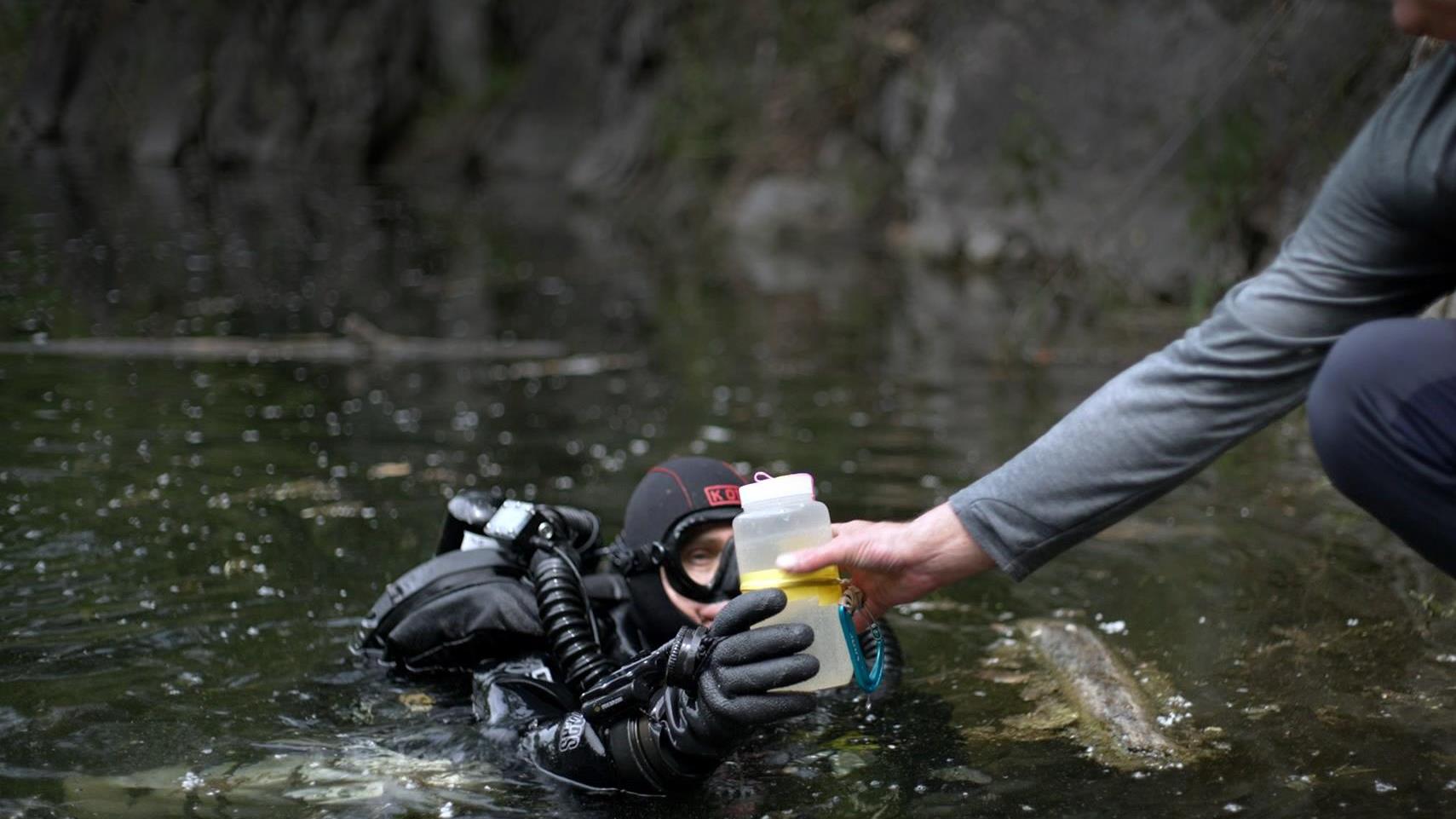
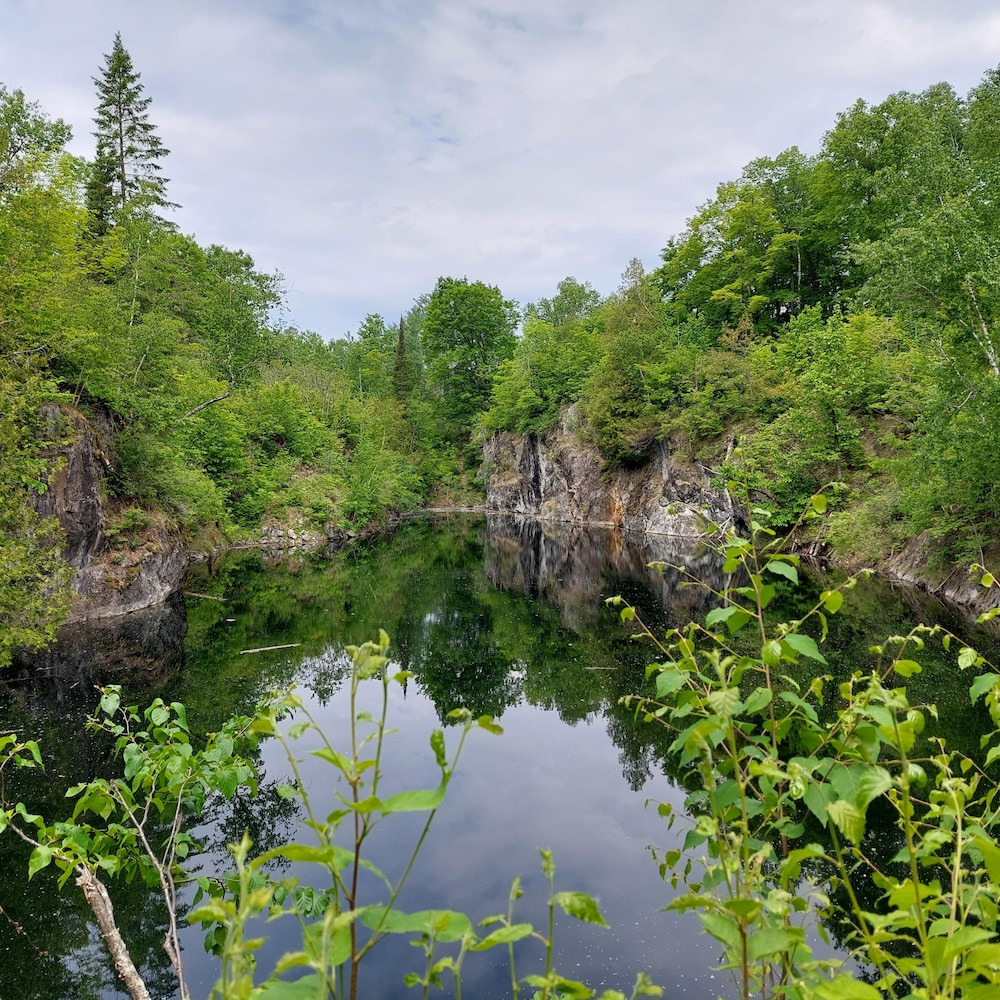
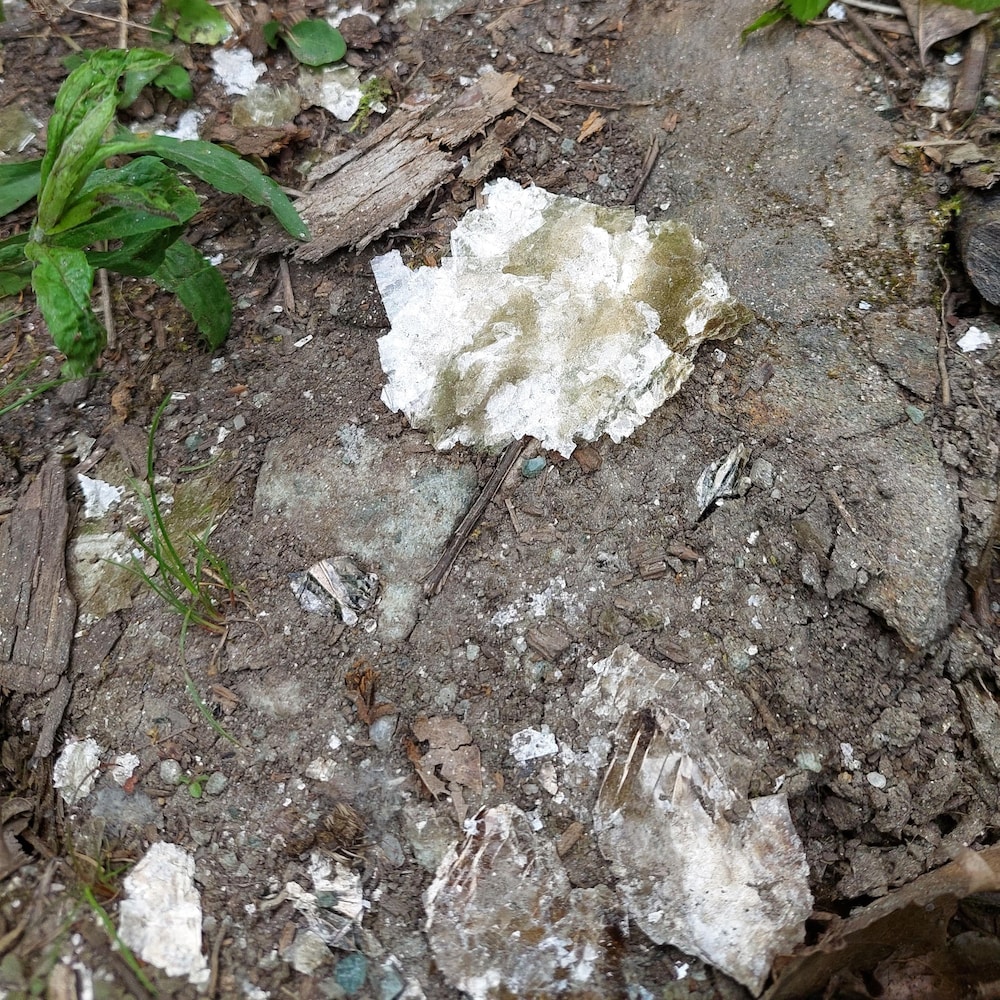
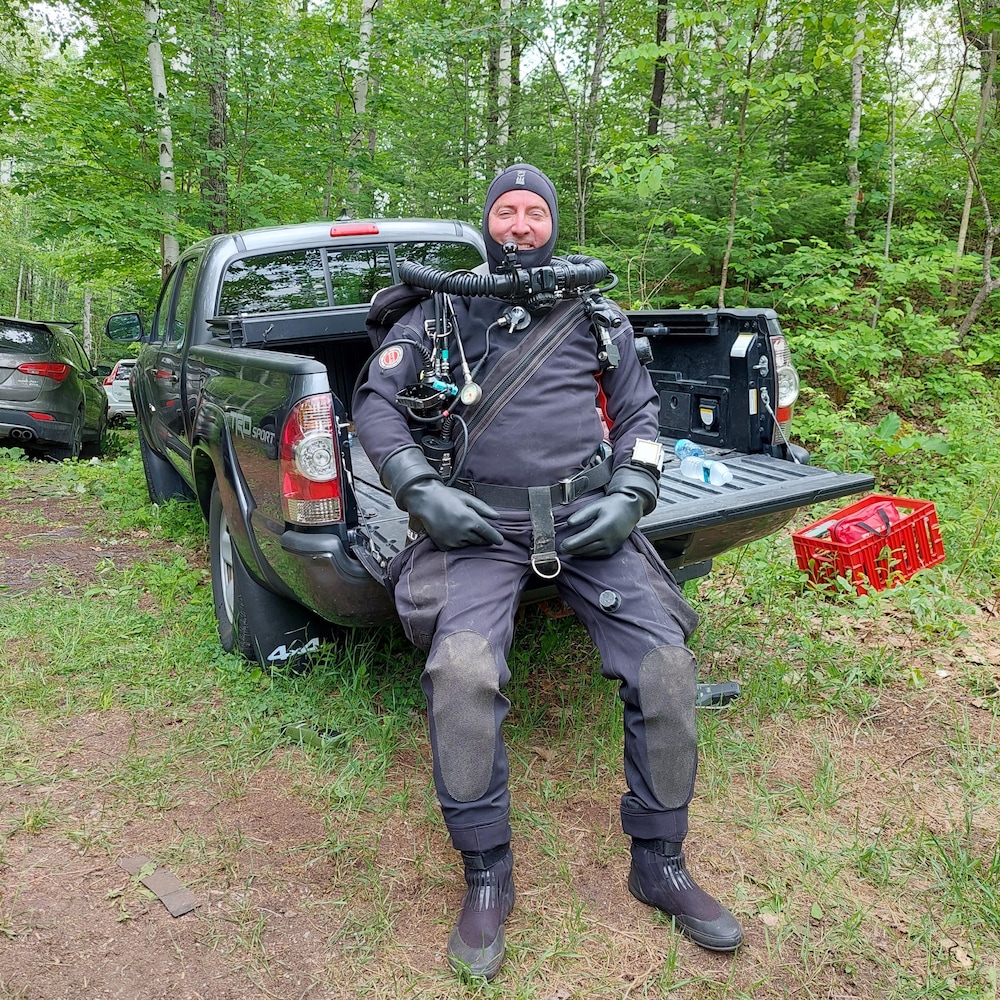
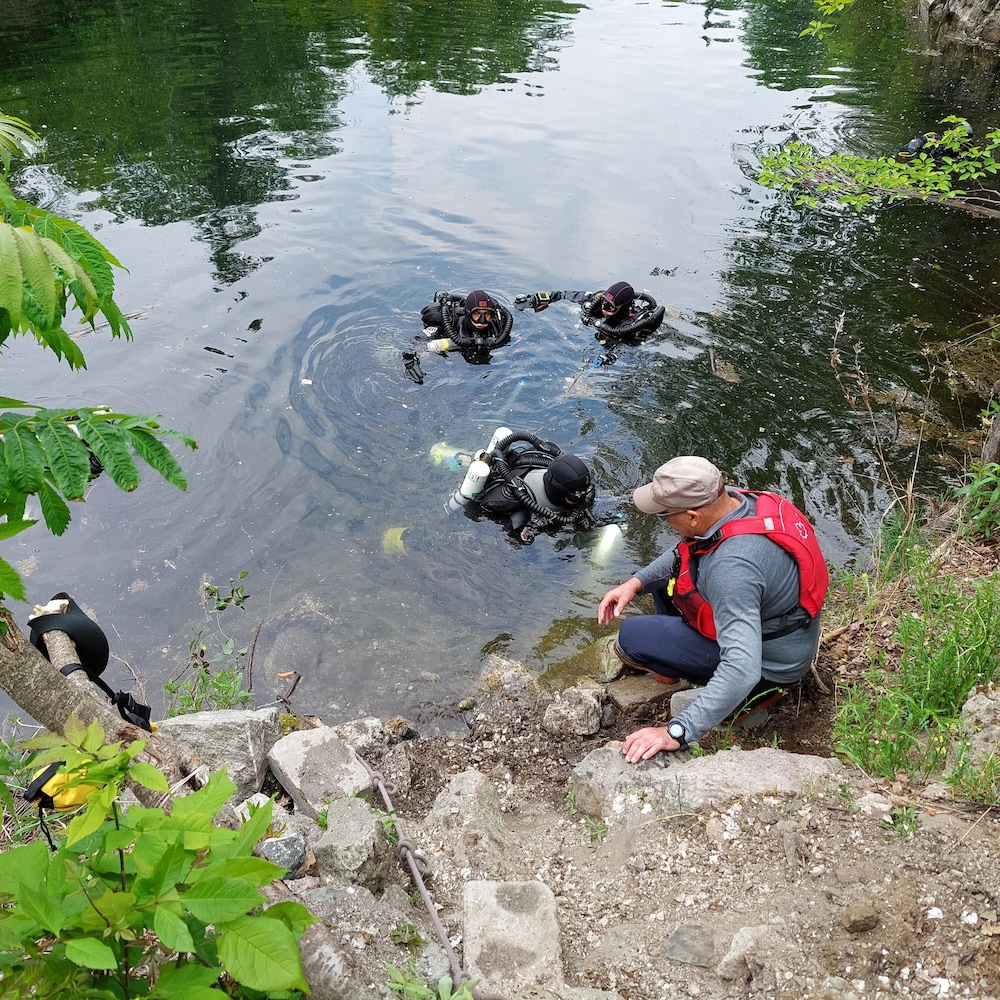
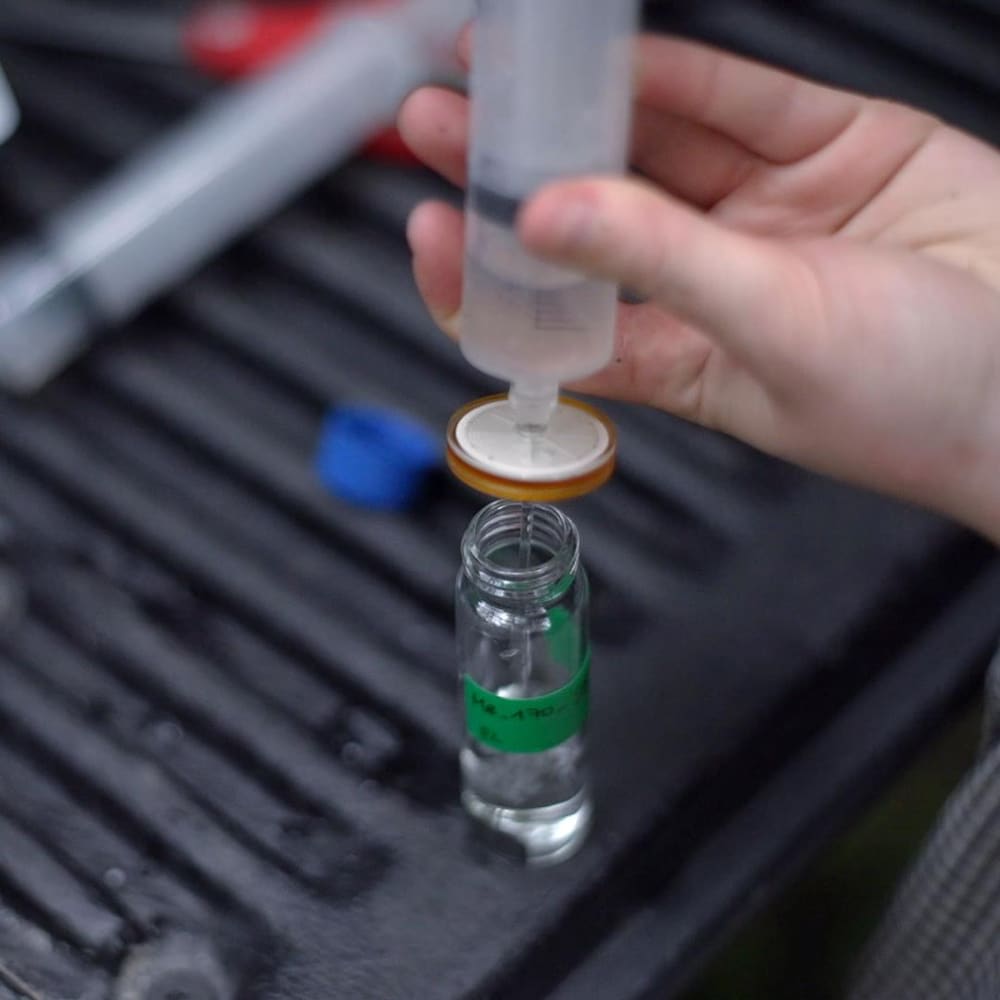
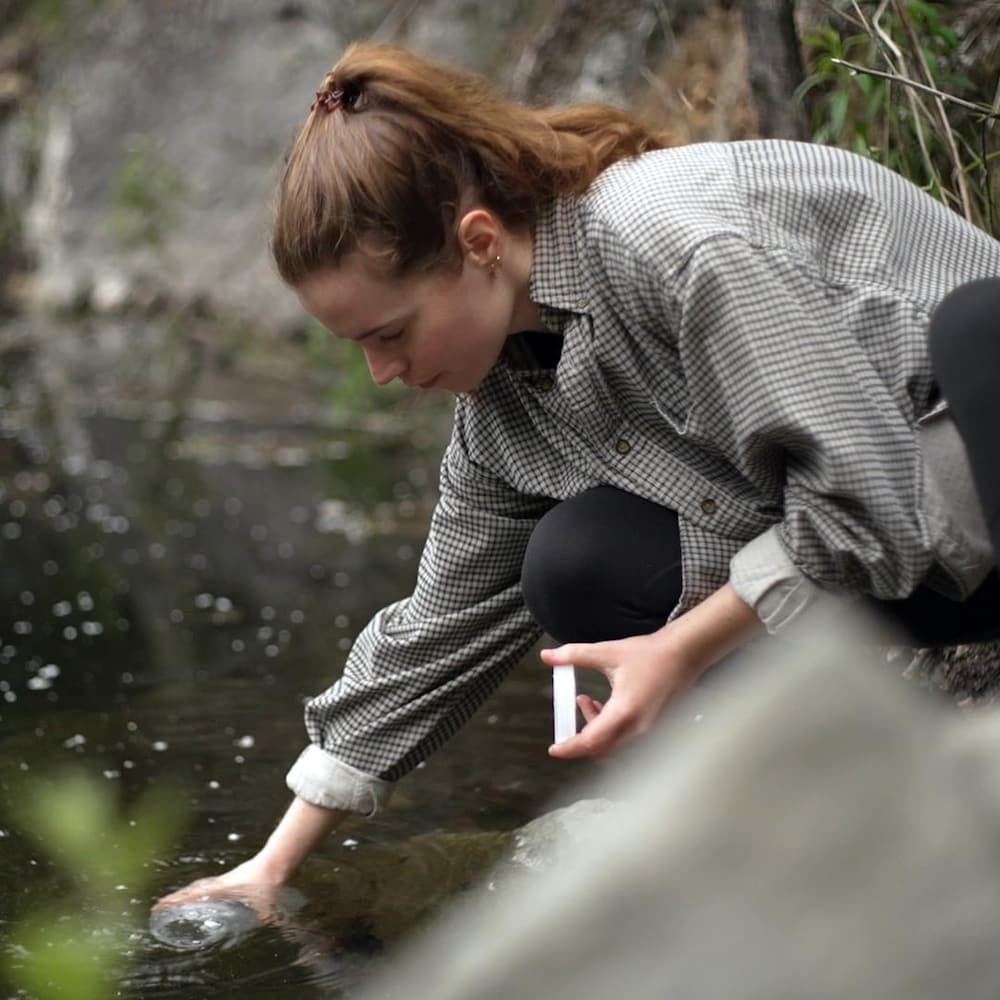
More Stories
Secret earthquakes have been discovered in Montreal
Samsung: Protect your privacy with Galaxy security and privacy features
First Date Date: 7 Tips